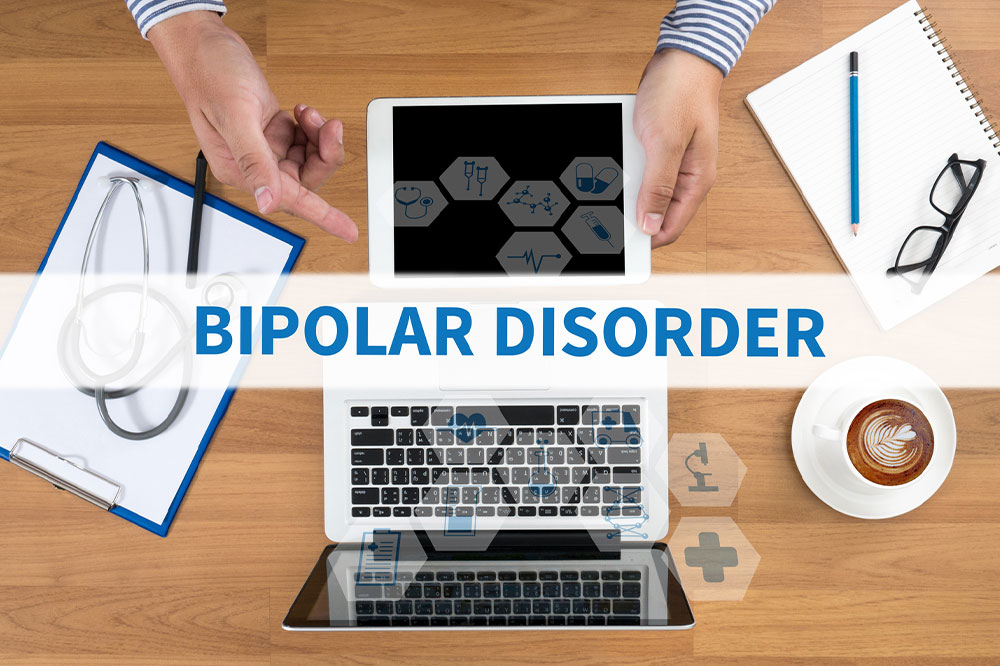Bipolar Disorder – Types, Signs, and Management
Bipolar disorder is a mental health condition that can cause severe symptoms like hypomanic episodes (emotional highs) or depressive episodes (lows). When affected by depressive episodes, one may feel gloomy, hopeless, and uninterested in most activities. When the mood shifts to mania or hypomania, they can feel incredibly joyful, energized, or irritable. Such intense feelings can affect focus, judgment, behavior, and sleep. Here is a look at the causes, signs, and management of the disorder: Types Here are the four primary kinds of bipolar disorder that doctors use for a precise diagnosis: Bipolar I disorder: People with this condition experience one or more manic episodes that last for seven days or require hospitalization. Although a depressive episode is not required for diagnosis, the majority of those who have this condition experience both manic and depressive episodes at various points in their lives. The depressive episode can last at least two weeks. People with bipolar I can experience symptoms of both episodes simultaneously. Bipolar II disorder: Here, one experiences depressive and hypomanic episodes that can last a few days. One does not experience a complete manic episode, which makes it different from bipolar I. Here, one usually experiences hypomania, a less severe form of mania.
Read More 









